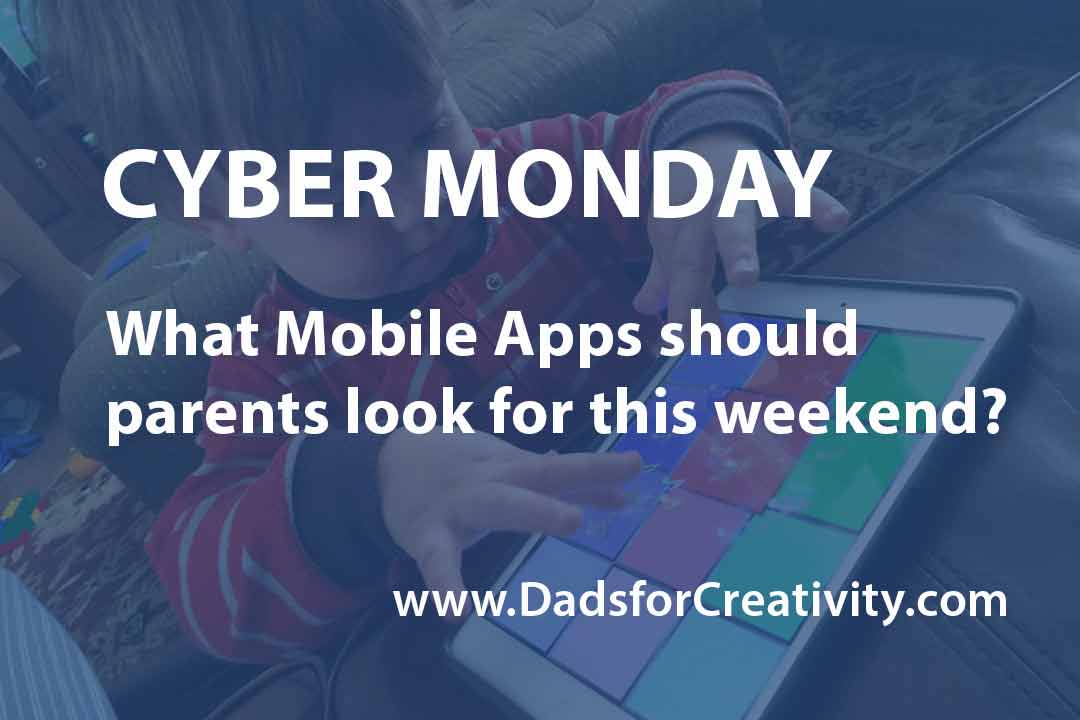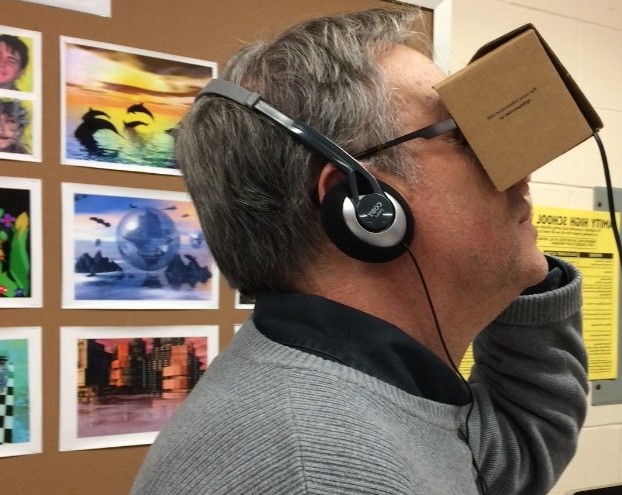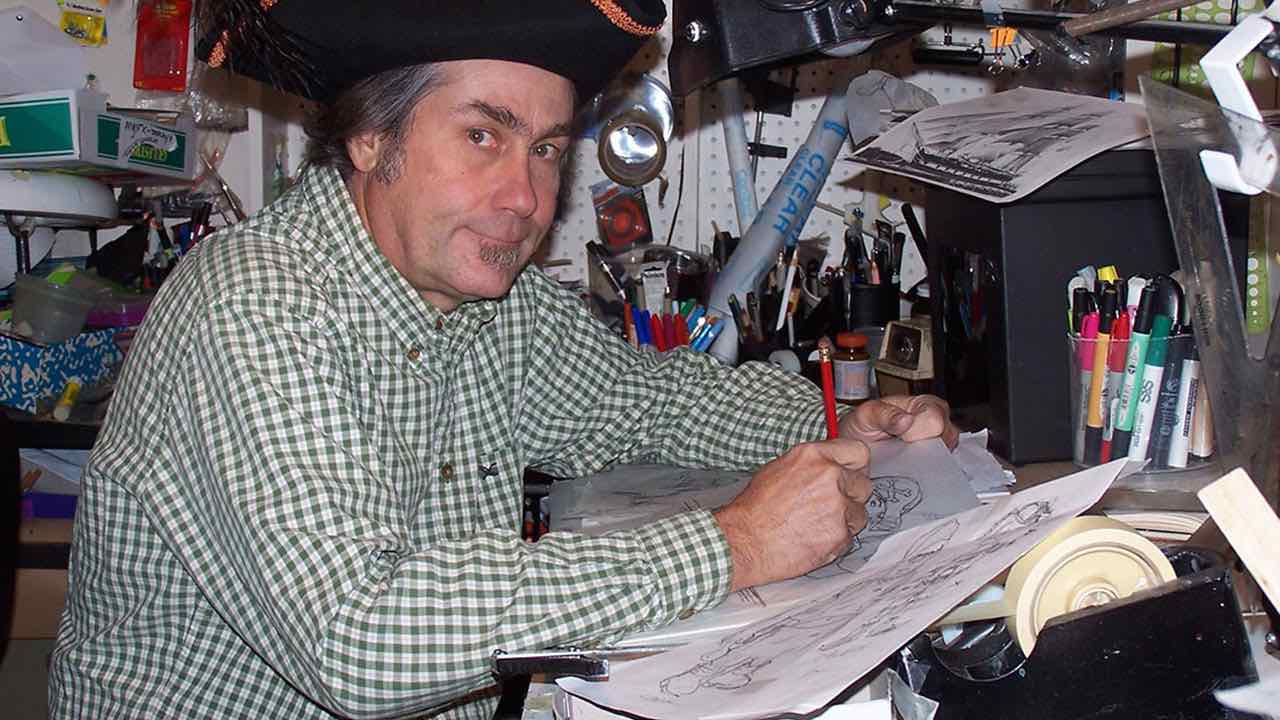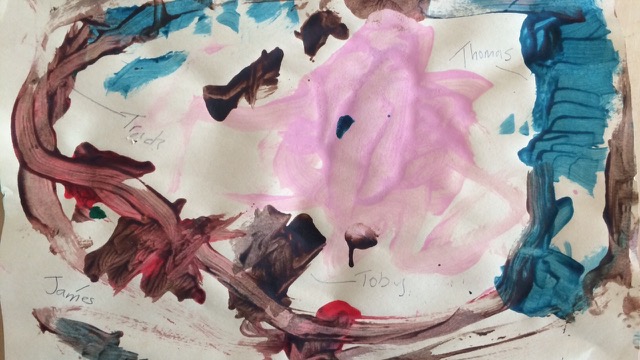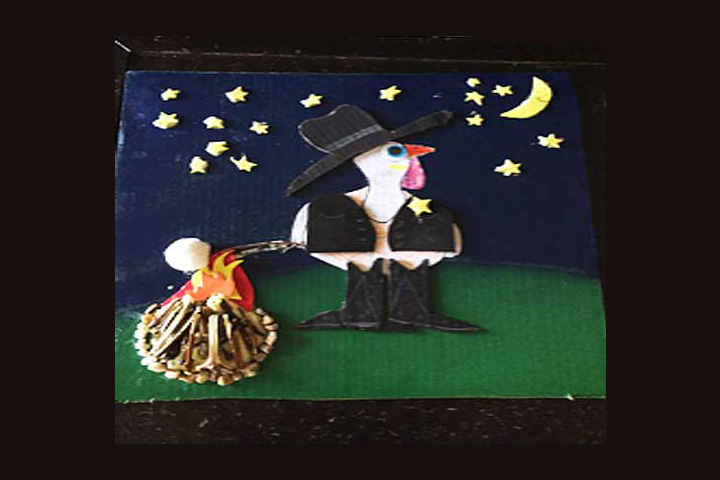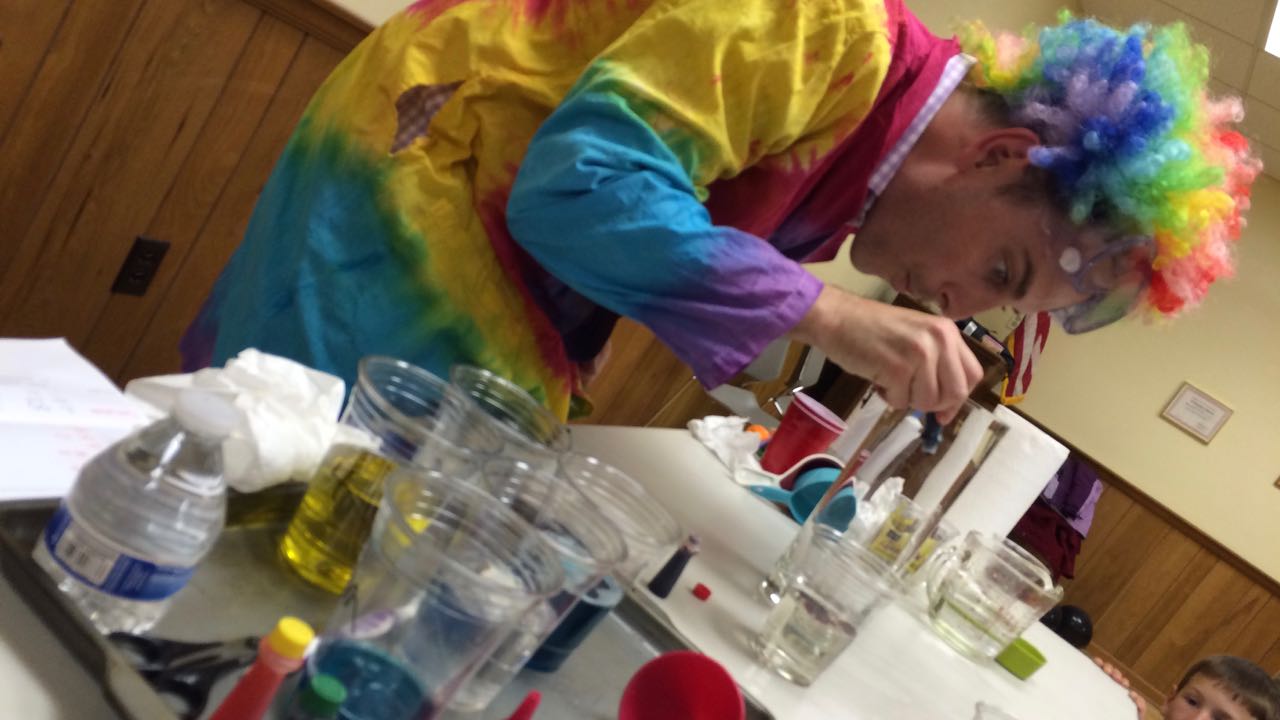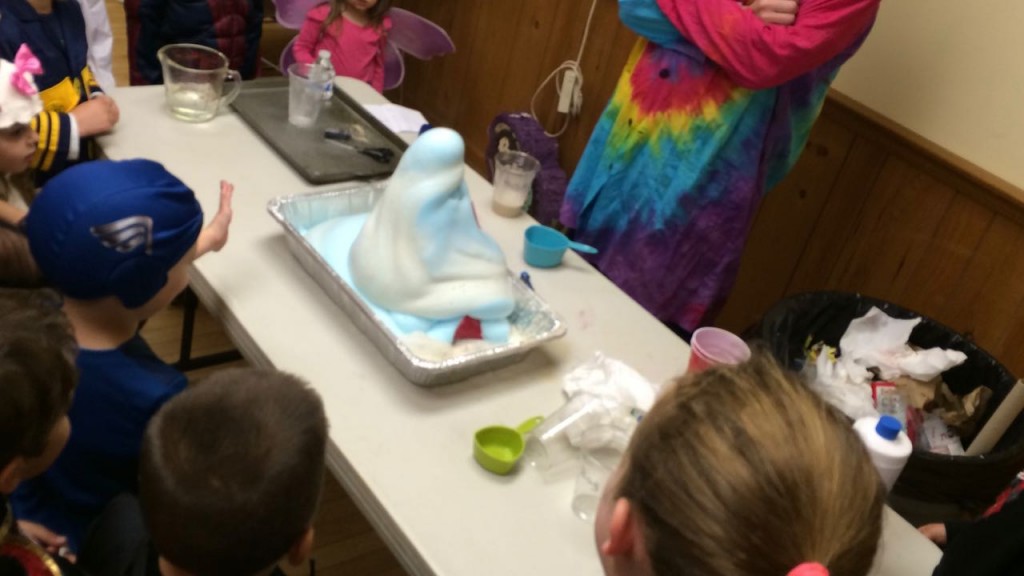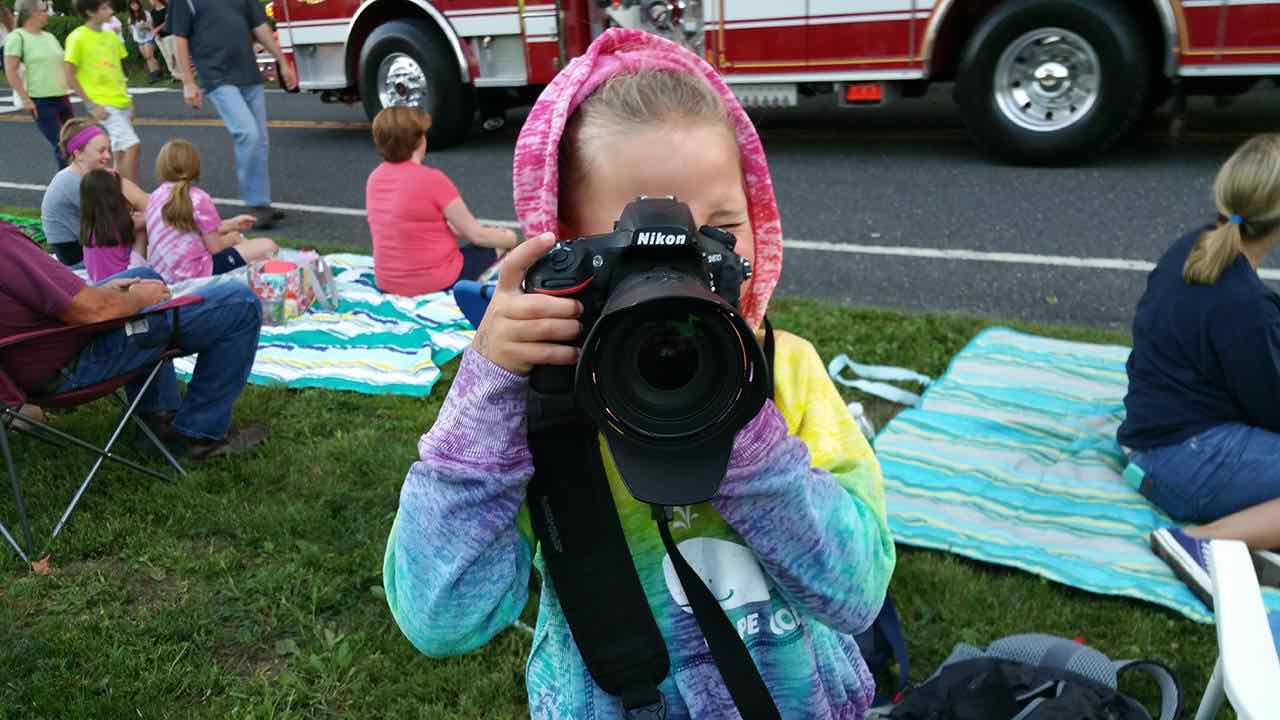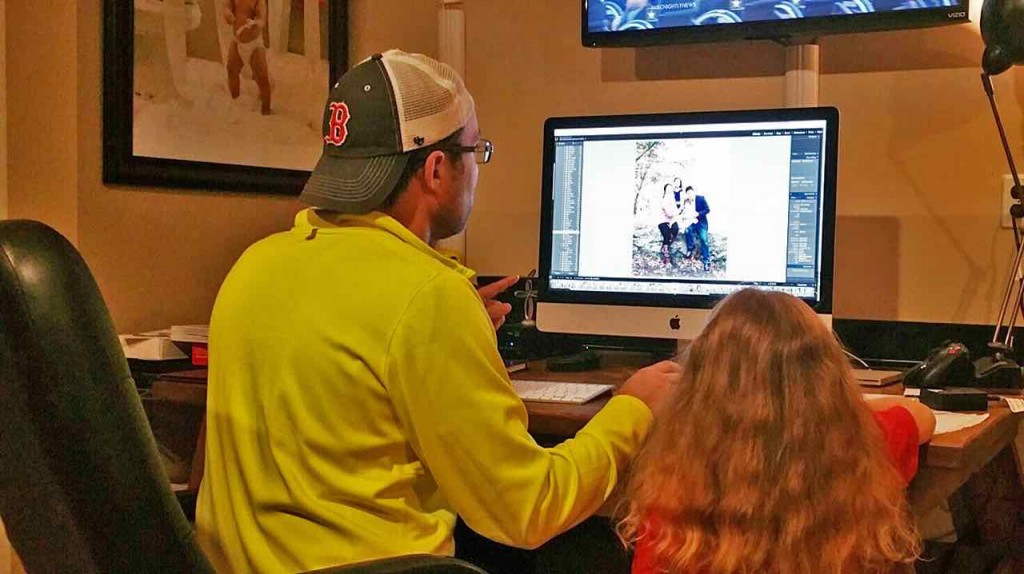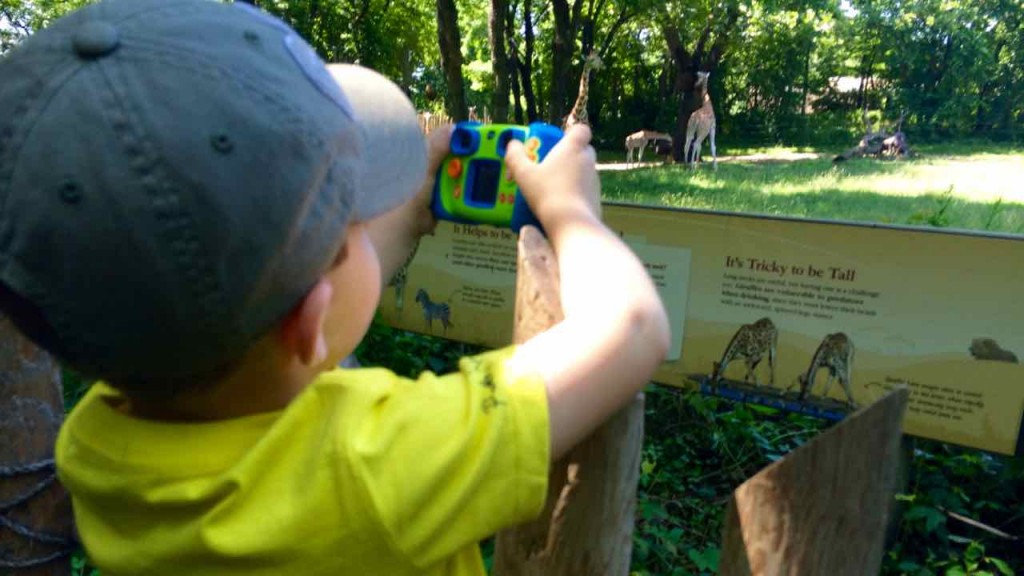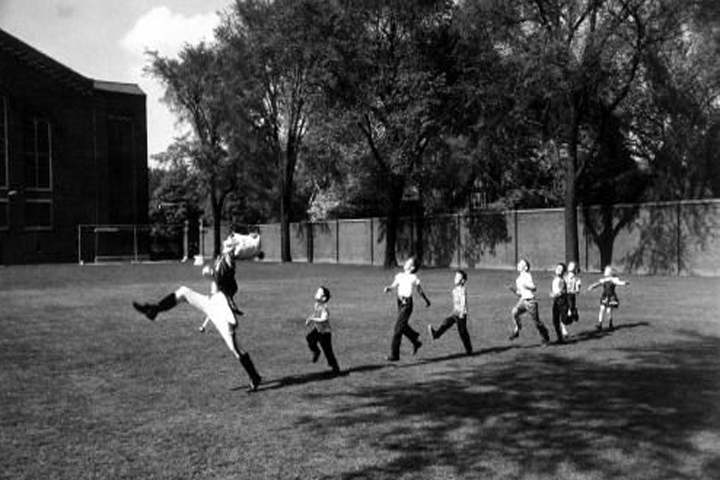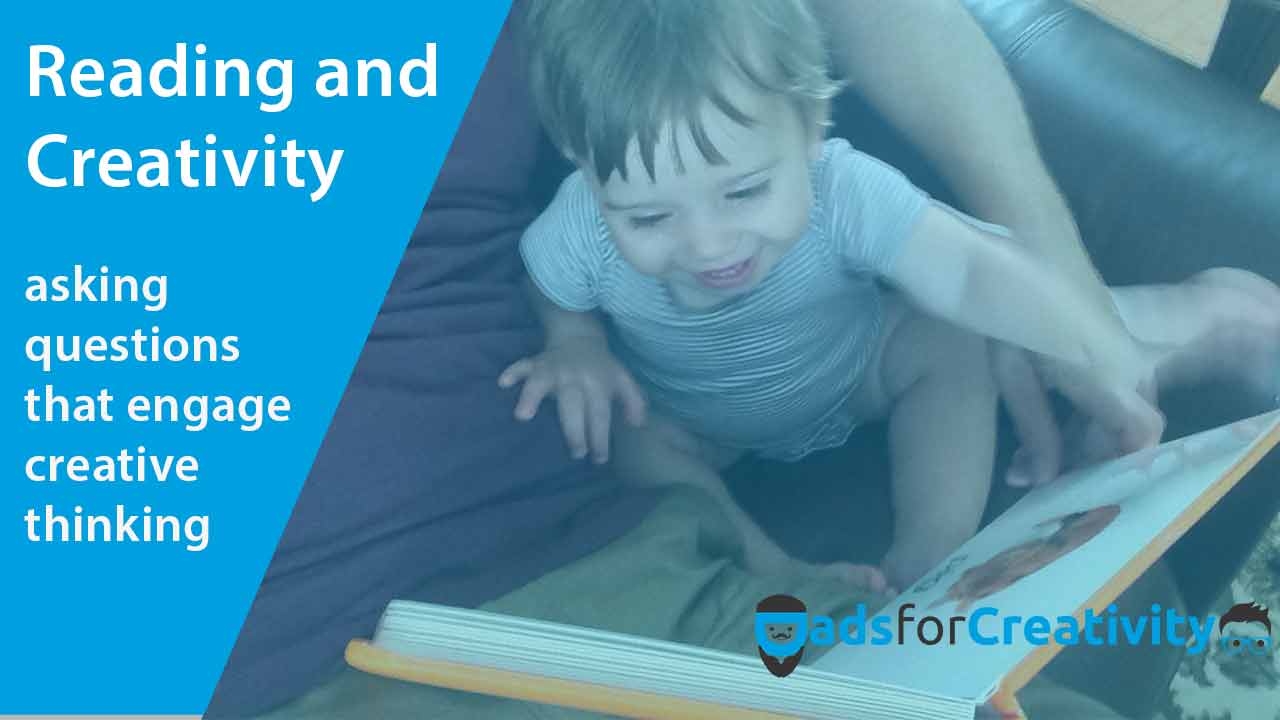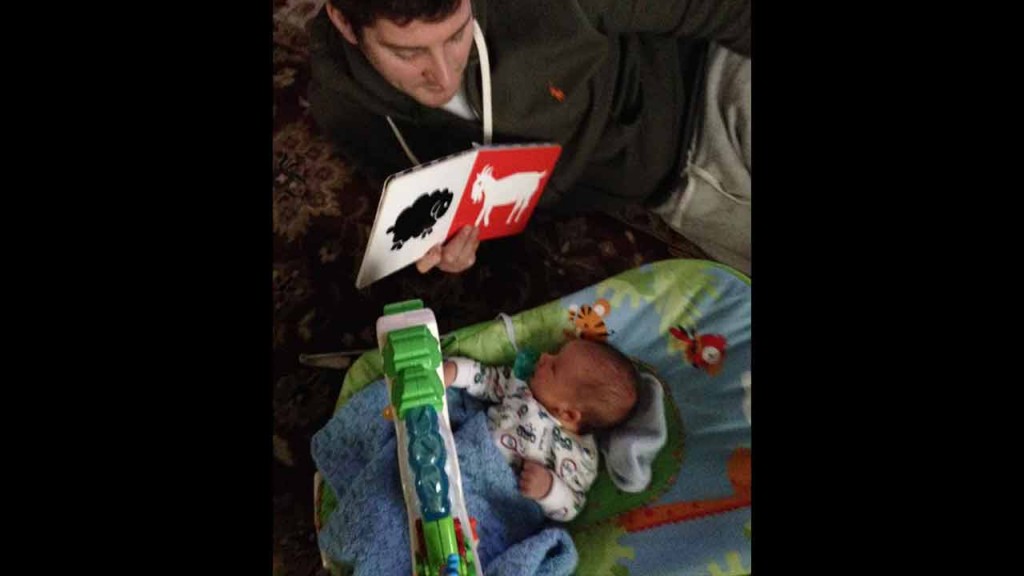CYBER MONDAY DEALS (FALL 2015)
Usually Saturday’s is devoted to a 3 Question Interview, where we get to hear ideas from subject matter experts on Creativity or creative activities. However, this Monday is CYBER MONDAY, which means there’s an opportunity for us to grab some new mobile apps at discounted prices. Sadly, it’s impossible to know what apps will go on sale come Monday, but I’m going to share some of my more recent favorites, as well as three from a previous 3 Question Interview with award winning educator Jonathan Nalder.

Don’t forget to Follow us on Facebook! We want more likes!
Now as I’ve referenced in the past, most toddlers will begin to develop an interest in mobile devices by observing their parents with the technology, but there are some specific apps that offer the type of interactivity that can enhance the experience for our young ones.
SEE ALSO: Introductory Apps for Toddlers
This CYBER MONDAY look out for apps produced by WonderKid, and as of today Tiny Farm – Animals, Tractors, and Adventures, is currently available for FREE. Other Toddler apps to look out for are Baby Musical Hands and Toddler Cars.
For preschool, the selection expands considerably and parents should identify apps that fit their child’s interest and creativity. My new favorite, The Earth by Tinybop is right now discounted at 75% off, and another preschooler app to checkout this weekend is LaunchPad.
Here are 3 others suggested by award winning educator Jonathan Nalder as part of a DadsforCreativity 3 Question Interview on Mobile Apps for Childhood Creativity.
We’ve received requests on what mobile apps are best for young children? What are your three mobile apps for creativity at home or in the classroom?
Minecraft – is far and away one of the most popular apps for 4-10 year olds – because it lets them use their imagination and challenges them to constantly problem solve. Only caution is to manage access to the ‘survival mode’ for younger children as it introduces gameplay elements such as dying, zombies and other such elements.
MyPlayhome – is now a series of apps that allow kids to act out home, shopping and school/ kindy environments. A great one for them to experiment with different situations and to explore the interactive rooms on offer.
PuppetPals – a super simple app for creating animated videos that records a child’s voice and on-screen movements of puppet characters (which can include their own face) to introduce them to digital storytelling.
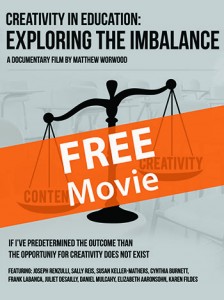 COMMENT BELOW for FREE FILM on Creativity in Education
COMMENT BELOW for FREE FILM on Creativity in Education
Creativity in Education: Exploring the Imbalance. is a documentary film that explores Creativity in education. To gain FREE access, simply comment below and we’ll follow up with a link and password.
